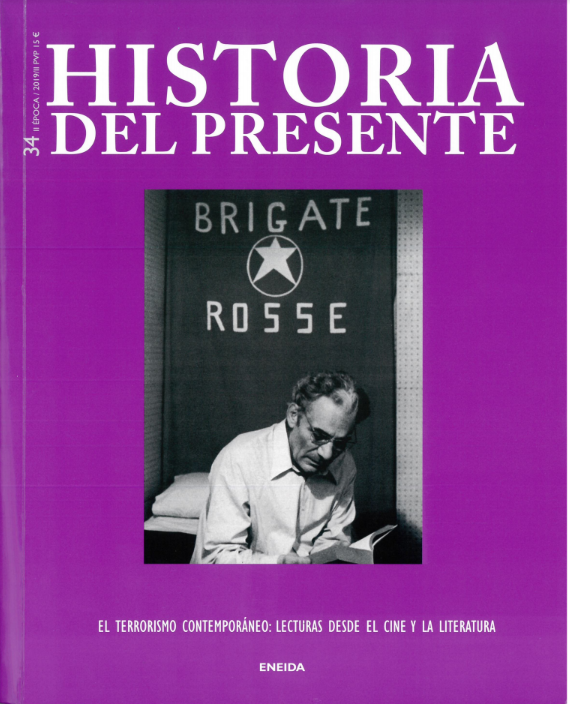Surprise, confusion and paralysis: The United States and the Iranian Revolution
DOI:
https://doi.org/10.5944/hdp.34.2019.40391Abstract
Carter went to White House with the aim of correcting the course of the Iranian policy set by Nixon. The new administration wanted to prioritize the improvement of human rights in Iran as well as the launching of a liberalization process while trying to curb arms exports to Iran. But in the context of a grave economic crisis, the late reforms of the Shah failed to prevent the outbreak of a revolutionary process in the country. In 1978, the United States first ignored and misinterpreted the growing popular discontent against the Shah and then was unable to adopt a coherent and firm policy to tackle the crisis. After refusing to support a widespread crackdown of the protests by the army and against the absence of an agreement with the opposition, Carter finally decided to support an orderly transition that would leave the Iranian army intact so that it could later act as a counterbalance to the revolutionary government.
Downloads
References
Ball, George W., The Past has another Pattern: Memoirs, Norton, Nueva York, 1982.
Bill, James A., The Eagle and the Lion: The Tragedy of American-Iranian Relations, Yale University Press, New Haven, 1988.
Blumenthal, W. Michael, From Exile to Washington: A Memoir of Leadership in the Twentieth Century, Over Look Press, Nueva York, 2013.
Brzezinski, Zbigniew, Power and Principle: Memoirs of the National Security Adviser, 1977-1981, Farrar, Straus, Giroux, Nueva...
Carter, Jimmy, Keeping Faith: Memoirs of a President, Bantam Books, 1982.
Carter, Jimmy, White House Diary, Farrar, Straus, Giroux, Nueva York, 2010.
Cooper, Andrew Scott, The Oil Kings, Simon & Schuster, Nueva York, 2011.
Ganji, Babak, Politics of Confrontation: The Foreign Policy of the USA and Revolutionary Iran, I.B. Tauris, Londres, 2006.
Harney, Desmond, The Priest and the King: An Eyewitness Account of the Iranian Revolution, I.B. Tauris, Londres, 1998.
Huyser, Robert E., Mission to Tehran, André Deutsch, Londres, 1986.
Jervis, Robert, Why Intelligence Fails: Lessons from the Iranian Revolution and the Iraq War, Cornell University Press, Ithaca,...
Milani, Abbas, The Shah, Palgrave Macmillan, Nueva York, 2011.
Newsom, David D., Witness to a Changing World, New Academia Publishing, Washington, 2008.
Pahlavi, Mohammad Reza, Answer to History, Stein and Day, Nueva York, 1980
Parsons, Anthony, The Pride and the Fall: Iran 1974-1979, Jonathan Cape, Londres, 1984.
Sick, Gary, All Fall Down: America’s Fateful Encounter with Iran, Penguin Books, Nueva York, 1986.
Stempel, John D., Inside the Iranian Revolution, Indiana University Press, Bloomington, 1981.
Sullivan, William H., Mission to Iran, Norton, Nueva York, 1981.
Takeyh, Ray, Guardians of the Revolution: Iran and the World in the Age of the Ayatollahs, Oxford University Press, Oxford, 2009.
Vance, Cyrus, Hard Choices: Critical Years in America’s Foreign Policy, Simon & Schuster, Nueva York, 1983.
Zabir, Sepehr, The Iranian Military in Revolution and War, Routledge, Nueva York, 2011.
Downloads
Published
How to Cite
Issue
Section
License

This work is licensed under a Creative Commons Attribution-NonCommercial 4.0 International License.







